I was looking forward to writing about my meal at L2O in Chicago last month. I didn't realize it was going to be a eulogy.
L2O first vaulted to prominence in 2008, when the Lettuce Entertain You Enterprises group lured chef Laurent Gras from San Francisco to open a high-end, seafood-focused restaurant in Chicago. In 2010, L2O earned three Michelin stars; that same month, Gras left. The next year, Matthew Kirkley took over as chef de cuisine and eventually was elevated to executive chef. Many quietly said that the restaurant under Kirkley was every bit as good – if not better – than under Gras' reign.
Now comes news that the restaurant will be closing at the end of the year. On one hand, it's a big surprise: L2O is one of the city's – and country's – most highly regarded restaurants, even if it doesn't seem to draw the same quantum of attention as the venues of Chicago royalty like Grant Achatz, Rick Bayless, and Paul Kahan. On the other hand, L2O always seemed an odd fit with LEYE, which is better known (to me, anyway) for crowd-pleaser type places like Cafe Ba-Ba-Reeba and Shaw's Crab House. LEYE's founder, Rich Melman, seemed to confirm as much:
"(L2O) had never been a money maker for us," Melman says. "As with all restaurants, it's all about volume. I don't want to do four-star restaurants anymore, at least for the foreseeable future. Three partners came out of L2O and it was successful in that way."Surprise or not, L2O's imminent closing is a disappointment: this was one of the most pleasing, satisfying meals I've had all year. It's a shame it will be my only chance to experience it.
(You can see all my pictures in this L2O flickr set.)
The tasting menu[1] starts with a series of snacks. The first is a sort of ode to Chesapeake Bay (Chef Kirkley is a Baltimore native): a few precariously balanced wafers with the puffy texture of Chinese shrimp chips, but the intense, pronounced flavors of crab and Old Bay seasoning. Next, a mussel "tart," the mollusks' flavor infused into a quivering mousse brightened with parsley and citrus, nestled in a crispy shell. Then, a puffy pomme souflée, ingeniously filled with a creamy salt cod brandade, and dusted with coffee and bergamot for a pleasingly bitter counterpoint.
Maybe it was brought into sharper focus by comparison to the theatrical pyrotechnics of Alinea, where I'd eaten the night before, but there's an austerity and minimalism to Kirkley's style that I really appreciated. Most courses featured only a few primary ingredients, the flavors of which were honed, concentrated, and often reiterated within the dish. Indeed, the composition of many plates was similar: a fish or seafood item as the primary focus, sometimes a bit of animal fat to provide richness and extend flavors, often a sauce extracted from the primary ingredients, an accent note of herb or citrus.
That pattern was set in this first course, a pink ball of langoustine[2] tartare, enriched with lardo and brightened with pickled lemon and English pea. This was followed by a Kusshi oyster, nestled in its shell under a bed of green apple and vermouth creams, and presented like some nautical bric-a-brac from Shell City. Pinkish orange ocean trout was lightly cured, presented in silky, supple ribbons complemented by the delicate but intense flavors of Chartreuse, citrus confit and airy little gougere-like poufs dusted with fines herbes.
(continued ...)
Those in-house tanks enable Kirkley to work with some interesting fresh seafoods, even though Chicago is nearly a thousand miles from the closest ocean. He pairs thin curls of geoduck clam with rich, creamy cured foie gras, then cuts that richness with a slash of mango vinegar, and presents the dish in the geoduck's shell. Pleasantly chewy slices of abalone are interspersed between rounds of creamy, sweet corn royale, batons of ruddy chorizo, and dots of earthy truffle purée, all swimming in a sort of dashi enhanced with the abalone's innards. This was one of the few instances, though, where I felt the balance of the dish tilt: the chorizo's spice was domineering, too loud for the rest of the elements.
The fish courses at L2O were some of the best I've had anywhere. The first was galinette, which as best I can tell from the almighty Google, is also known as "gurnard," "grondin" or "sea robin," a bottom-dwelling, firm-fleshed fish that traditionally was often used for stews. At L2O, it's gussied up with a black-on-black blanket of generously spackled caviar studded precisely across its surface with licorice, a rich crab butter, and a scatter of crithmum (a/k/a samphire?), a snappy coastal succulent. The fish was excellent, the other components were in perfect balance – this was an outstanding dish.
The St. Pierre was every bit its equal. The fish (a/k/a John Dory) was an almost translucent white, and seemed only barely cooked, still sweet and firm. Delicate ribbons of royal trumpet mushroom, burnished petals of red onion, and disks of creamy bone marrow added layers of umami, the flavors of the dish reinforced and echoed in a limpid, golden brown matelote sauce.
Some tasting menus seem to expend all their energy in the opening acts. The first few courses are bold and exciting, but the back end of the meal gets bogged down in the ubiquitous parade of heavy proteins. My experience at L2O was the exact opposite: this was a meal with a crescendo pattern, building momentum as it went on.
Until the desserts, anyway, which I found a bit underwhelming. An apricot granita spiked with génépi, topped with a sticky marshmallow lid, and dusted with black lime, was refreshing, but wanted for a more pronounced apricot flavor. As a fellow Chartreuse-hound, though, I did appreciate the cream puff infused with the herbaceous liqueur that followed.
My favorite of the sweet courses was one combining a melon sorbet with yogurt, tapioca, and a ribbon of apricot in a sort of melon soup, that had the clarity and vividness of flavor I found missing in the apricot granita. A version of the classic Catalan combination of chocolate, olive oil, salt and bread followed, with the addition of a lemon gel which felt out of place. Petit fours arrived in a clever assemblage of nesting boxes (I shared some of these with my Uber driver on the way home).
Though many of Kirkley's dishes were similarly composed, nothing about the meal felt redundant or repetitive. To the contrary, I enjoyed the fugue-like iterations of multiple variations on a theme. It permitted the focus to fall where it ought to: on L2O's outstanding ingredients, and on Kirkley and his crew's balanced compositions and precise execution.
I'm not sure what will be next for Kirkley. I'm confident, based on my (sadly only) one experience at L2O, that it will be something good, In the meantime, if you're able, I'd take advantage of the next two months to visit before L2O is gone.
L2O
2300 N. Lincoln Park West, Chicago, IL
773.868.0002

[1] L2O offers either a four-course prix fixe menu with a few options, or a 10+ course tasting menu for $225.
[2] Several seafood items are brought in live, and the kitchen has two 100-gallon saltwater tanks – one that duplicates the conditions of the Pacific Ocean, the other the Atlantic Ocean.
[2] Several seafood items are brought in live, and the kitchen has two 100-gallon saltwater tanks – one that duplicates the conditions of the Pacific Ocean, the other the Atlantic Ocean.


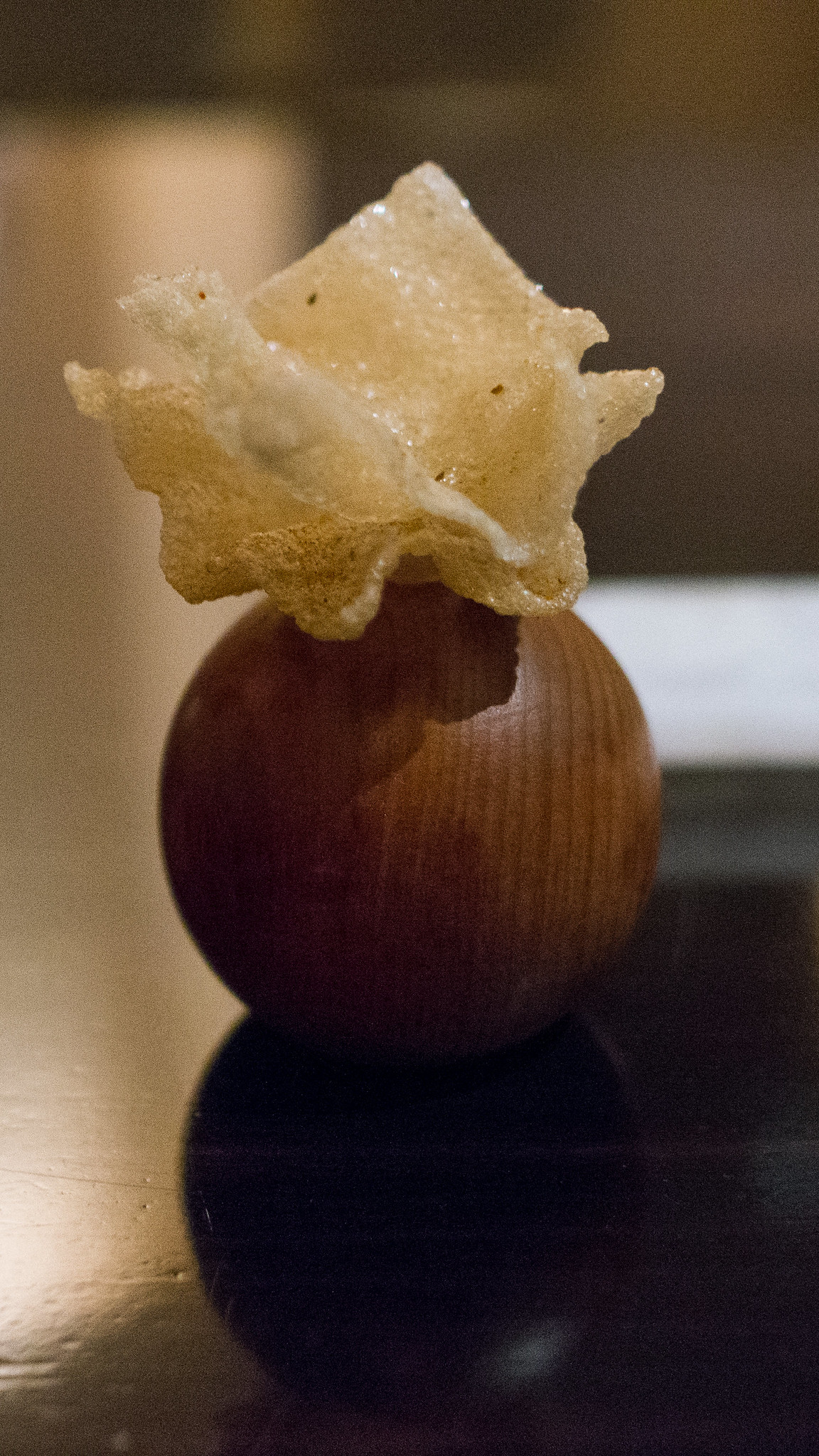
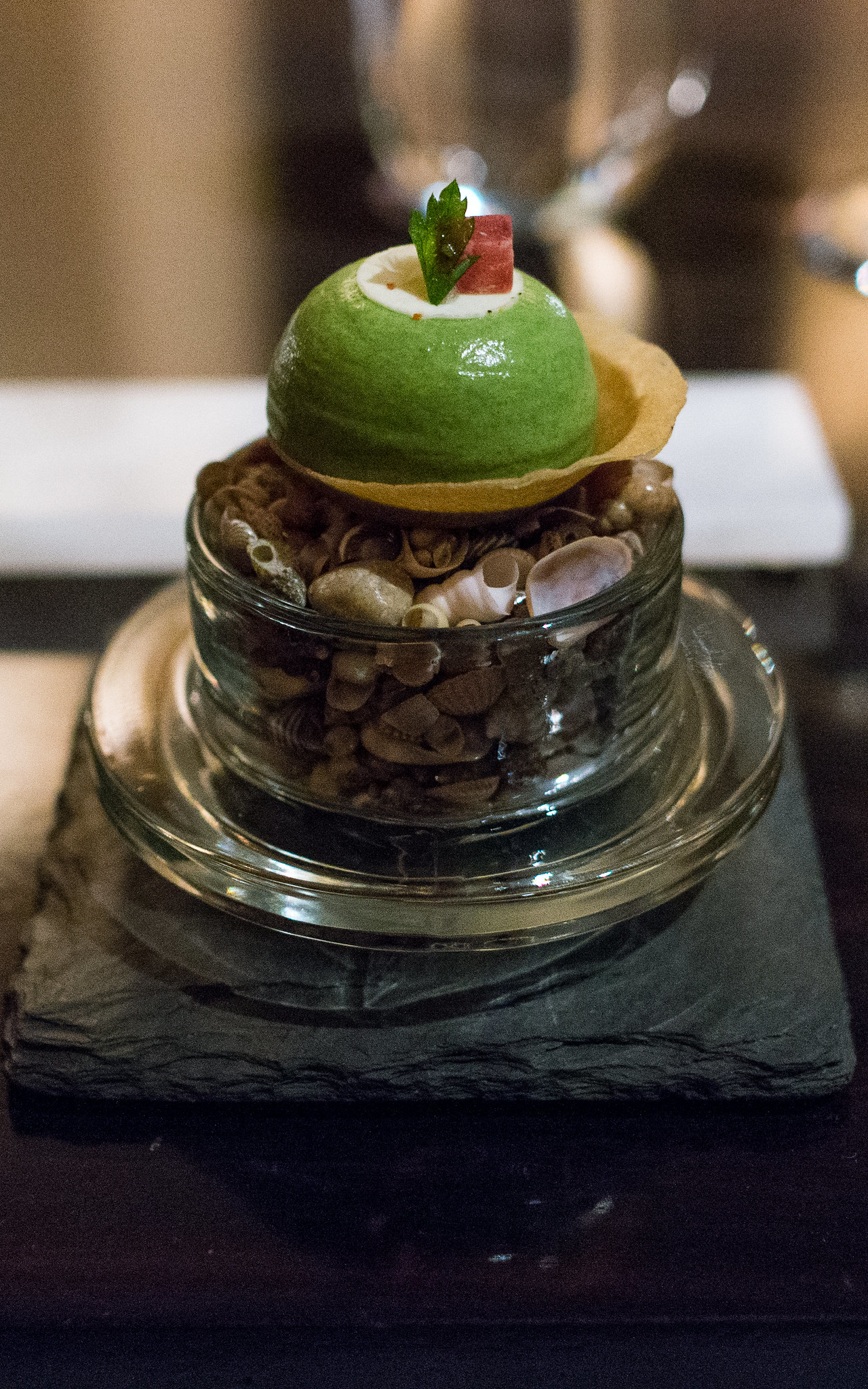
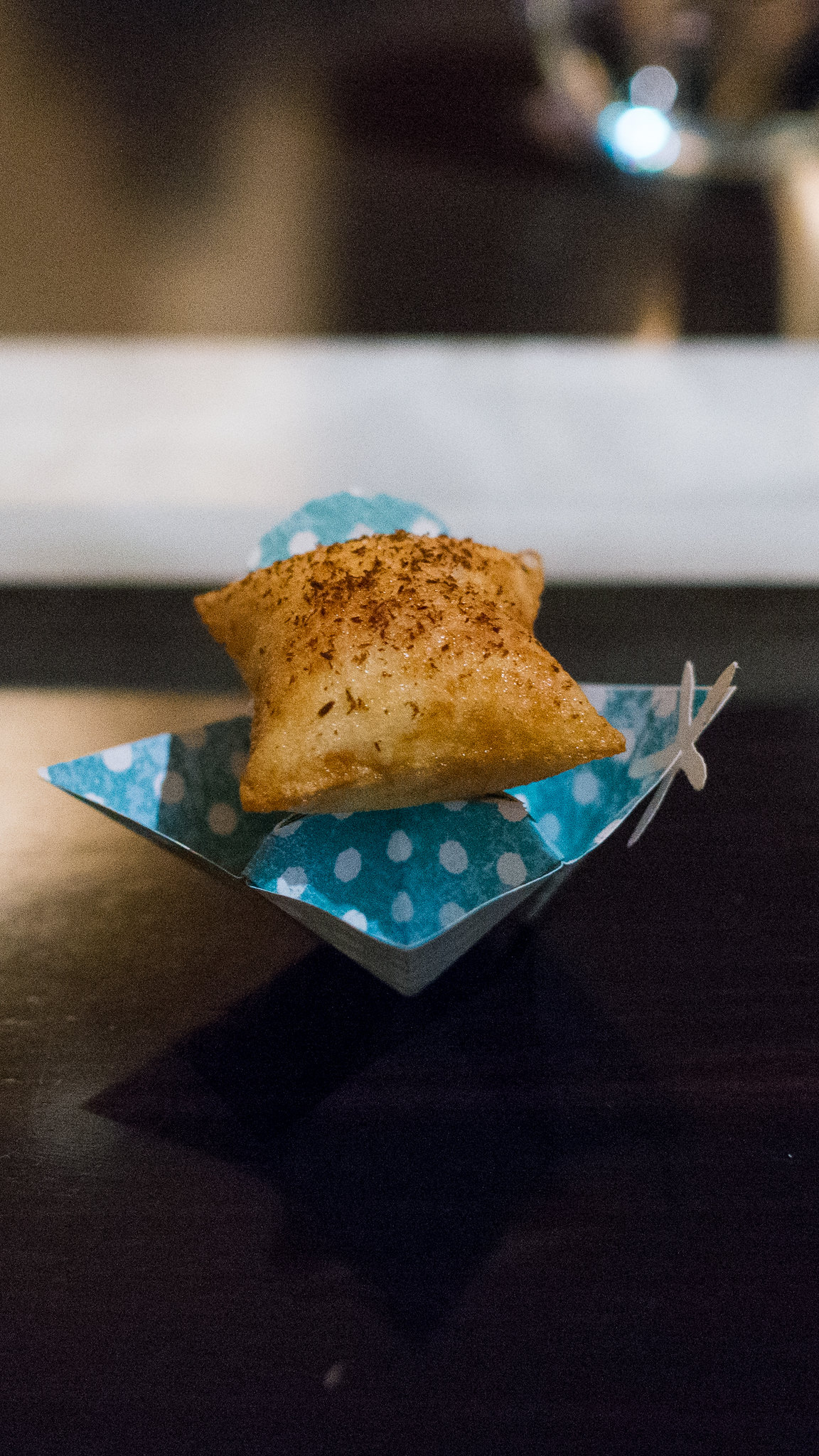
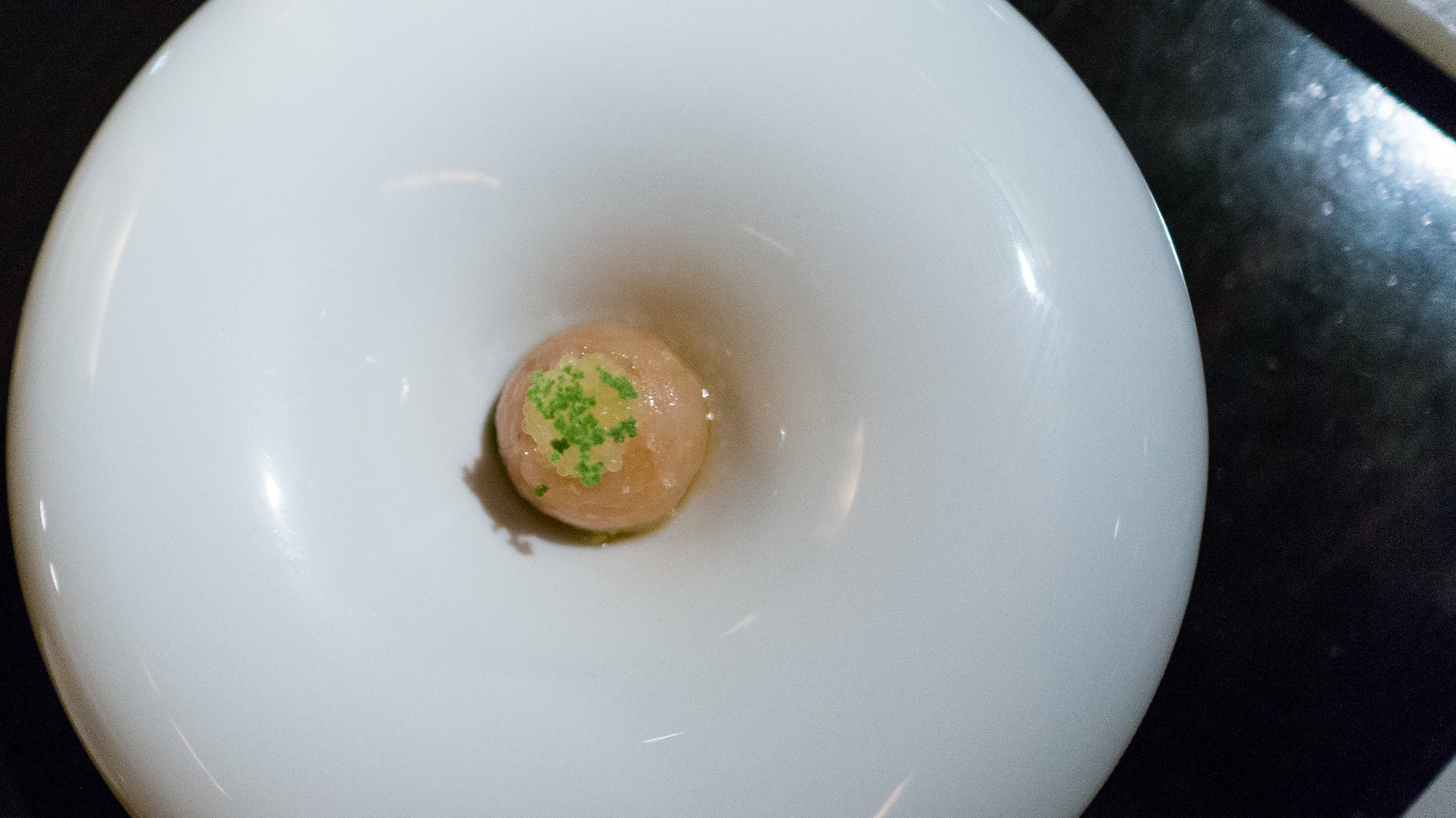
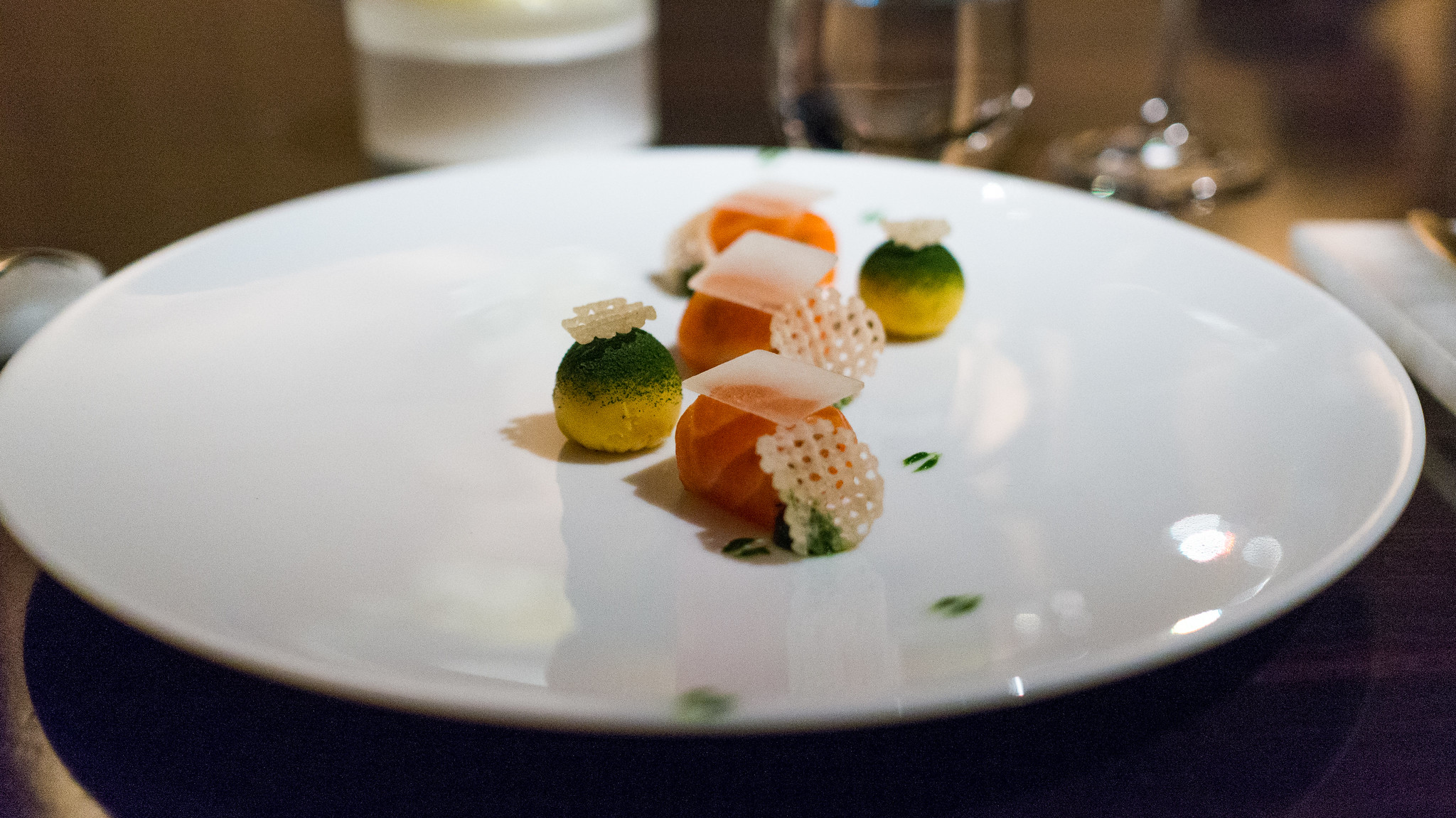
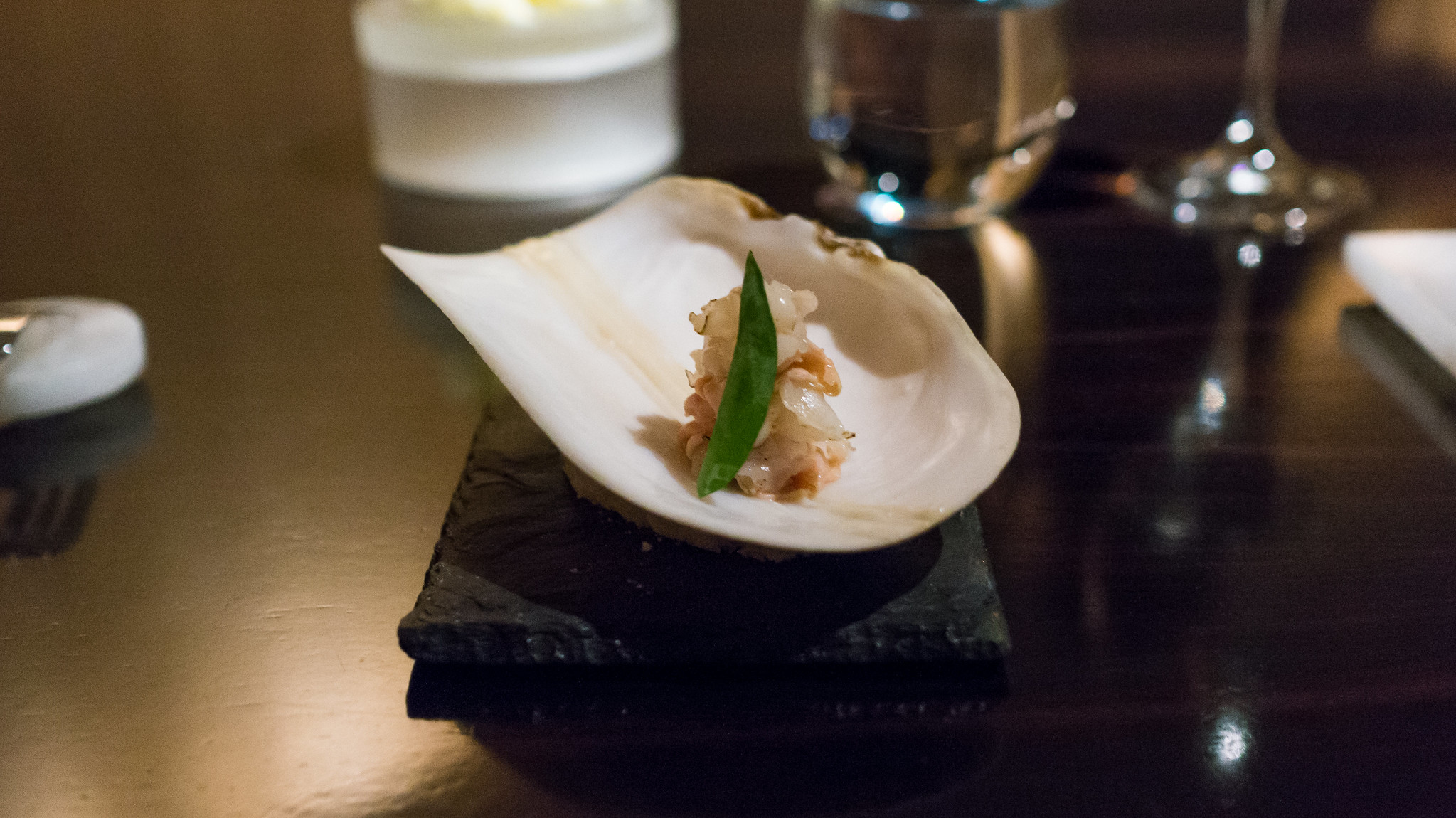
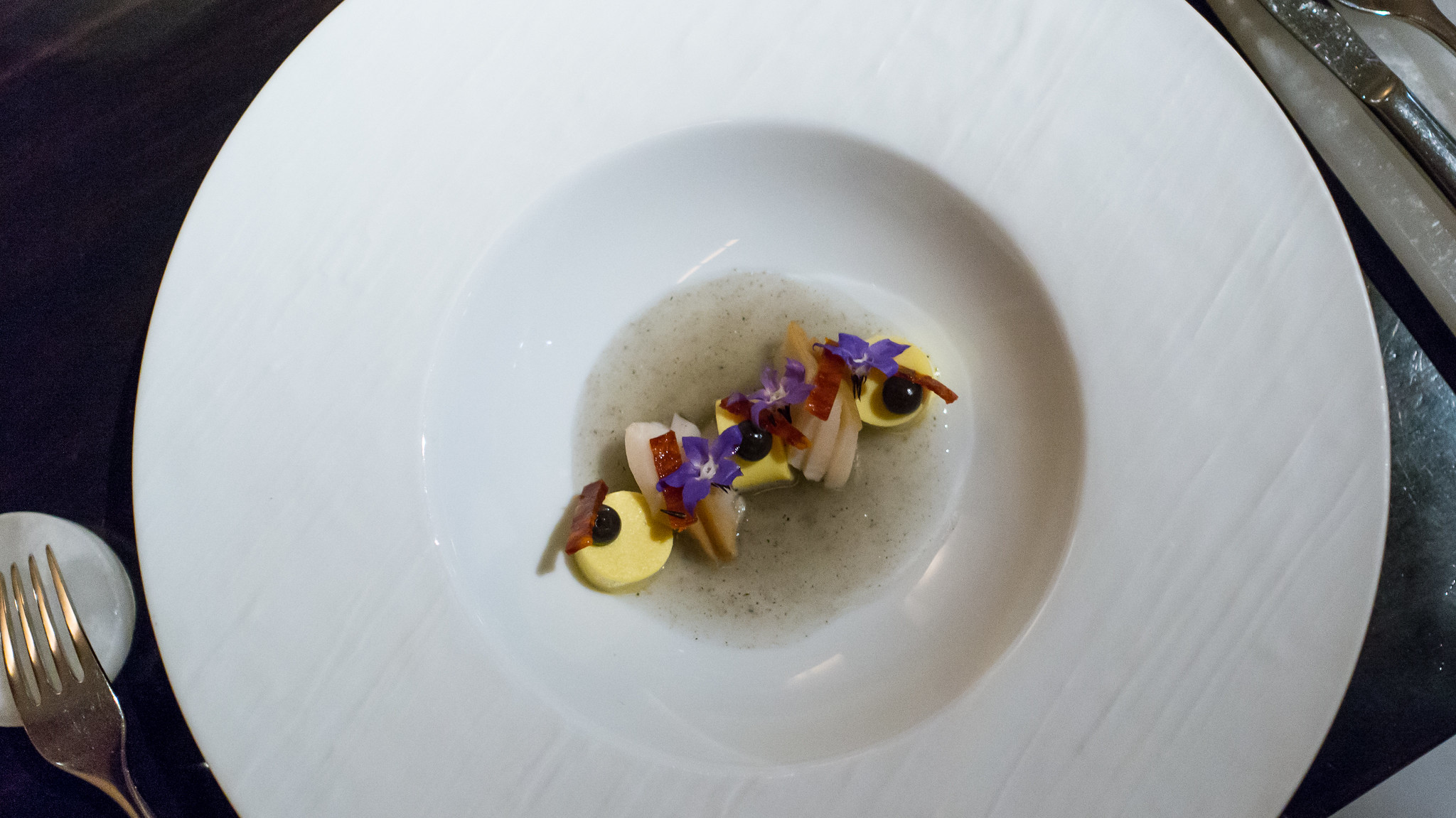
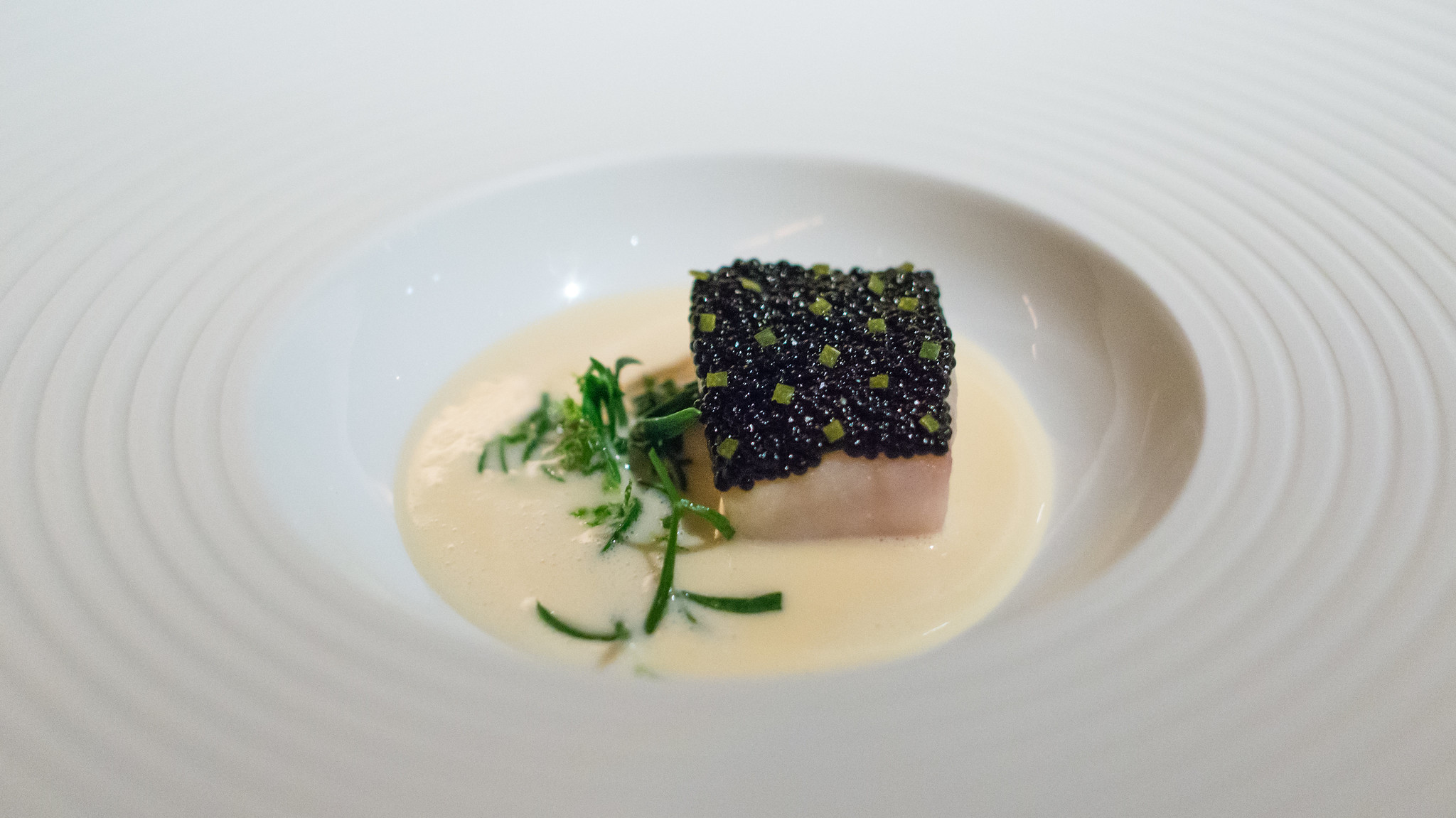
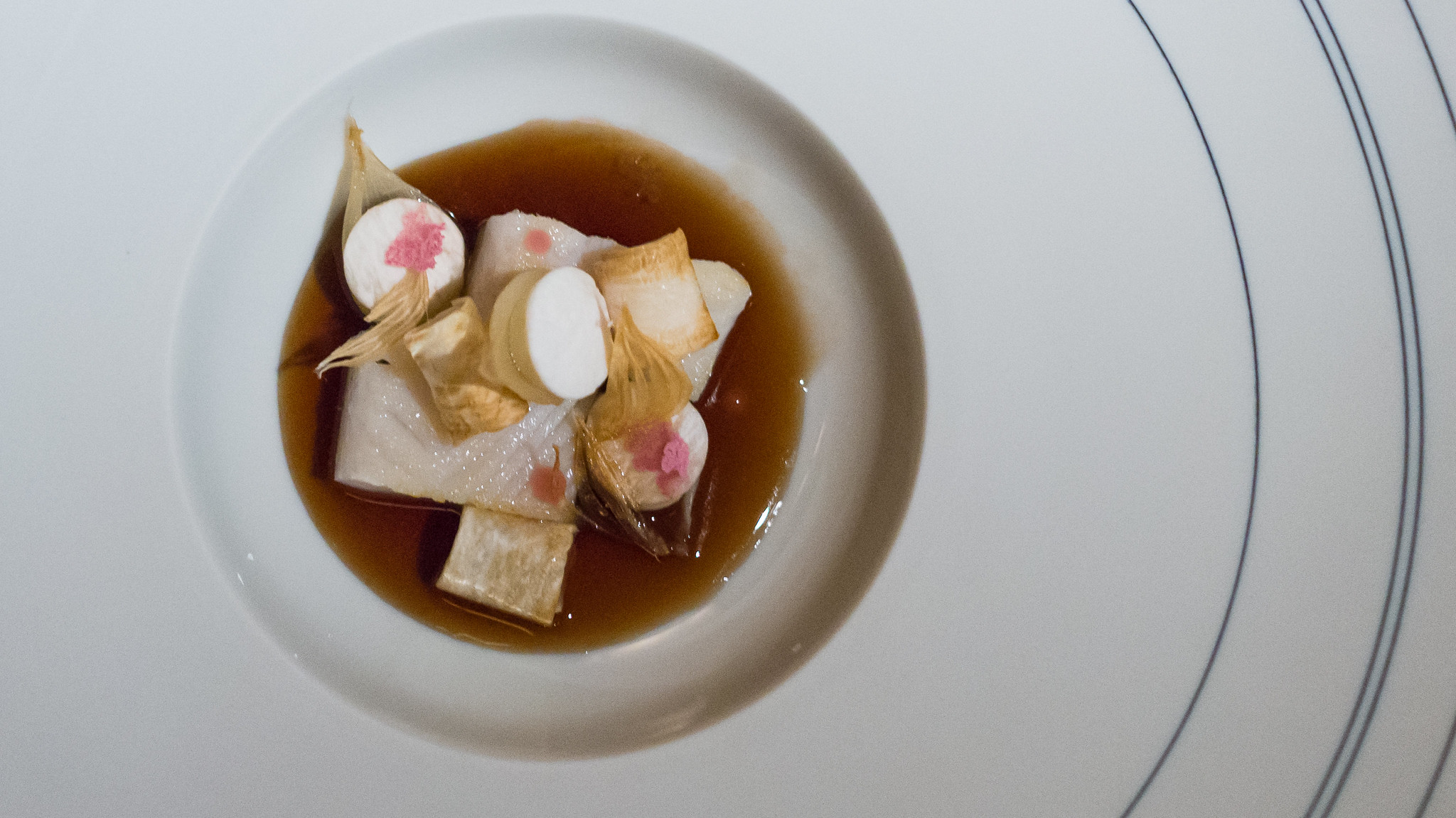


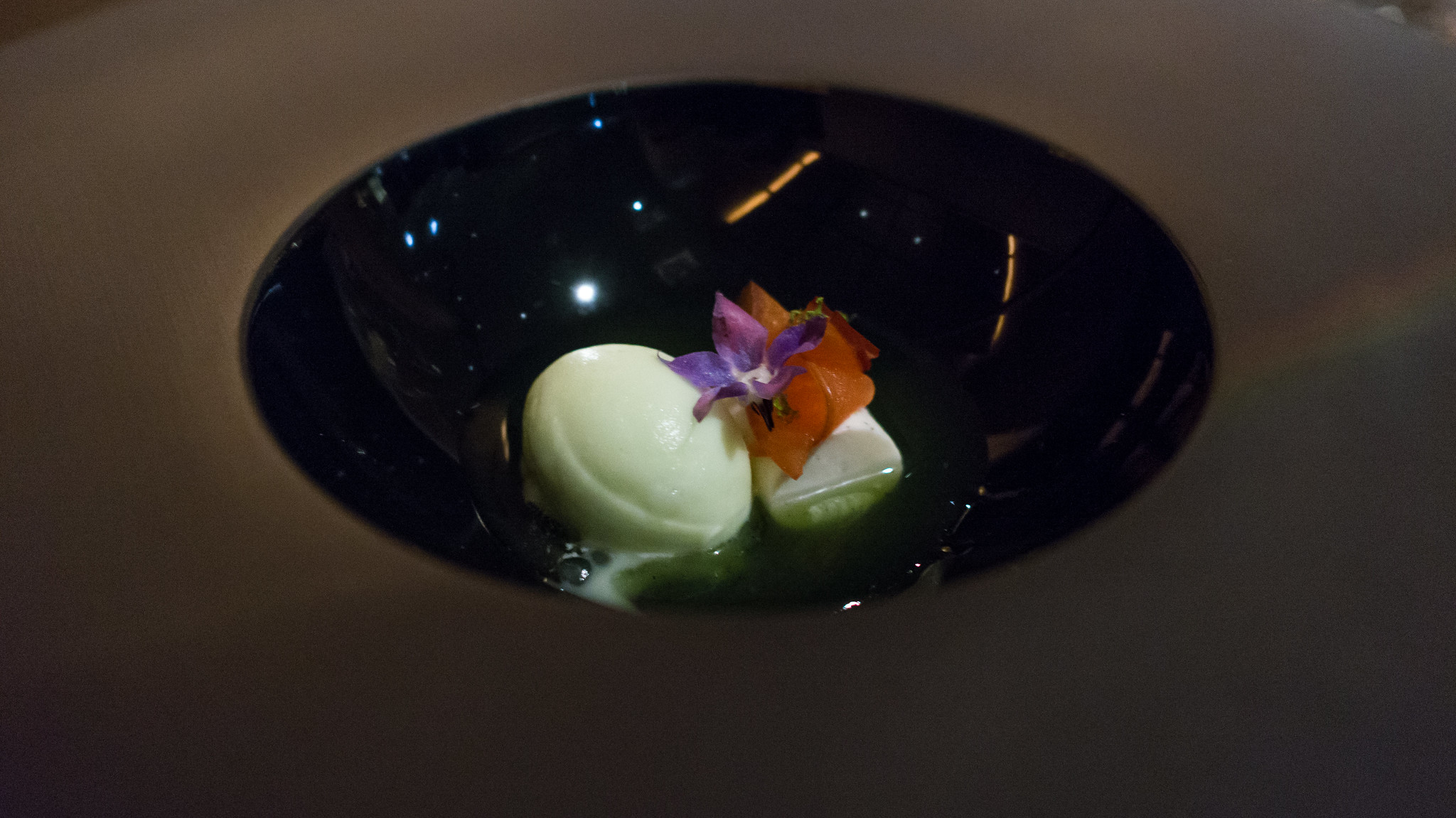
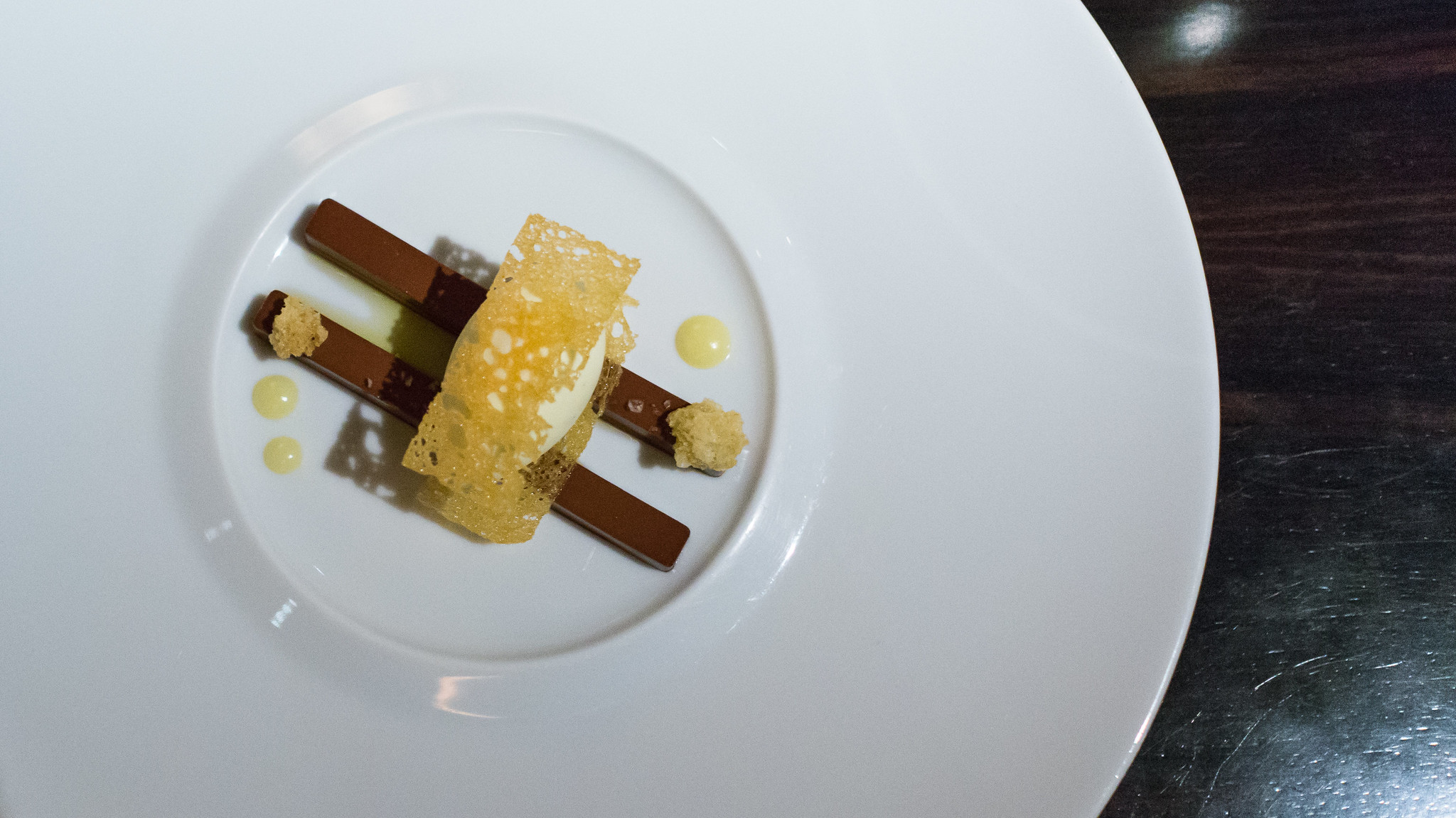
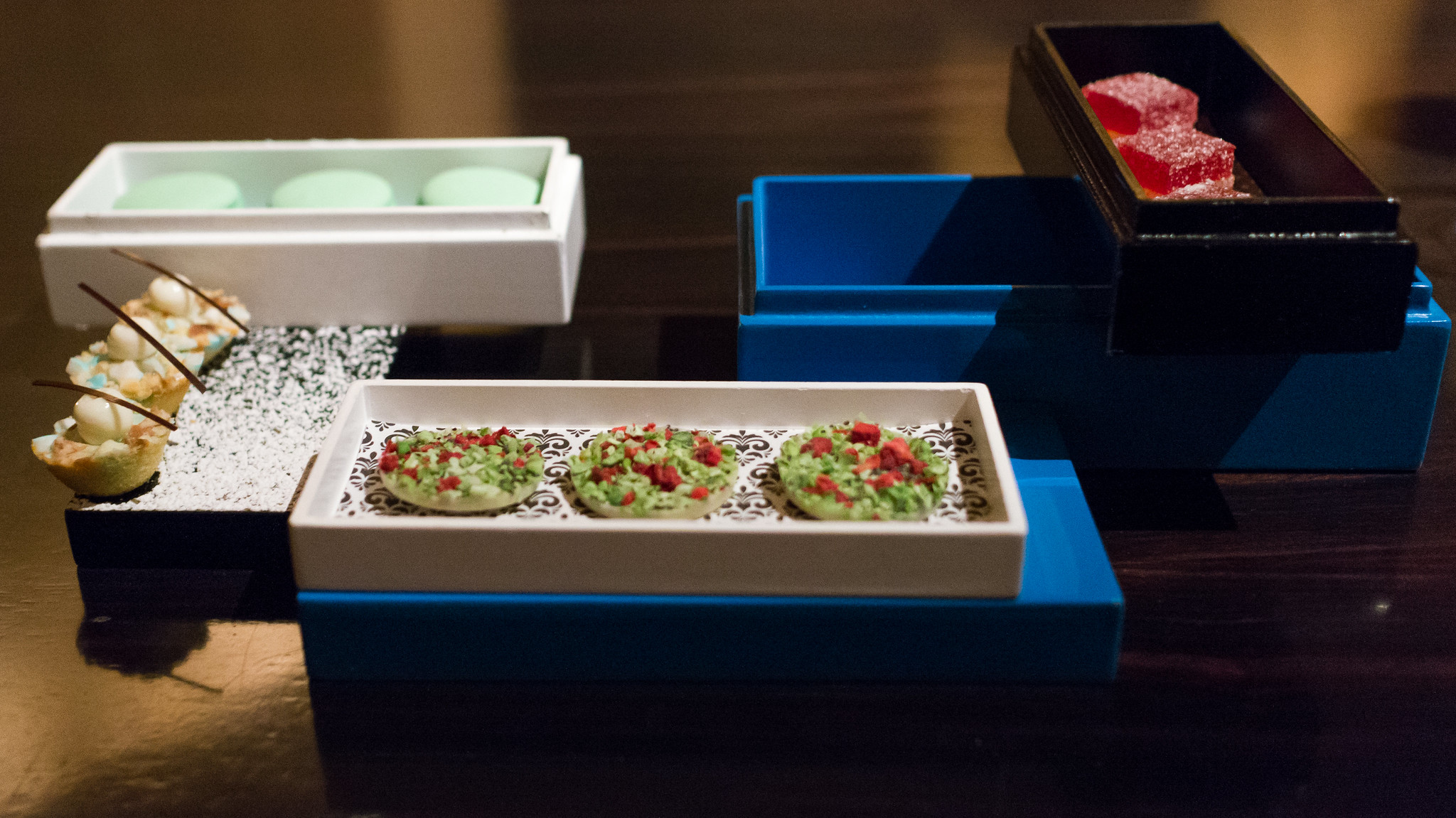
No comments:
Post a Comment